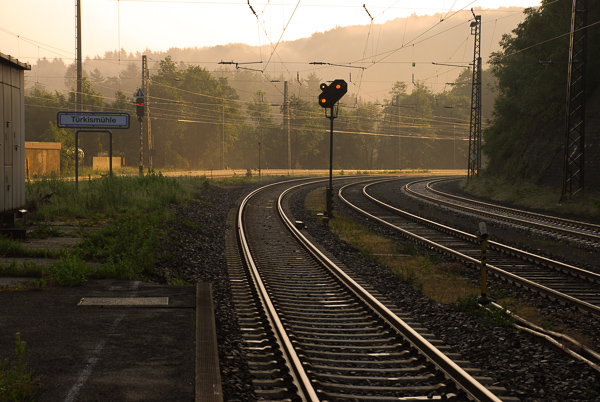Schloß Dagstuhl
For many computer science researchers, the name Dagstuhl rings a bell. Anybody who has been there has fond memories of interesting talks, great conversations, and lots of social interaction (lubricated by the abundantly available wine and beer). But what is Dagstuhl?
Schloß Dagstuhl is a castle in Germany’s Saarland region, close to the border with France. It’s easy to reach from nearly anywhere, and yet remote enough to keep people there for an entire week. That is important to foster interaction and discussions outside the formal sessions.
The castle originally dates from the 18th century, and was turned into a conference venue in the early 1990s. The old building was completely remodeled on the inside, and a new building was added that houses most of the bedrooms, the main seminar room, and a well-stocked library. There are many different places to hang out, including a billiards room, a music room, and a wine cellar.

Until a few years ago, there was no WiFi in the rooms and you were expected to use the handful of computers in the labs to check your email. That has changed, though there are still some rooms in the old building with no WiFi, and the organizers can disable it in the main seminar room. You’re expected to pay attention during the sessions, and not spend your time there responding to email or surfing the web.
Not content with people mingling and mixing during off-hours, the staff at Dagstuhl want to maximize your chances to meet new people. At lunch and dinner, they place name cards on the tables, which get shuffled for the next meal. While there are always naysayers who think their randomization isn’t good enough (most attendees are computer science professors, after all), it usually works quite well.

The talks are also different from what you would see at a conference. The idea is to present challenges and work in progress, not results. This sometimes works well, but it can also be a challenge to do that – we just don’t tend to talk about unfinished work in front of audiences.
But when you're among the first to see something unexpected and new, it can be magical. My fondest Dagstuhl memory is a talk by Jarke van Wijk in 2007. He had submitted a very bland title that didn’t promise anything specific. But he then unveiled his myriahedral maps, which were simply astounding (the linked page doesn't quite do them justice, make sure to watch the video and look at the journal article).

Everything at Dagstuhl is based on trust. You can’t lock your room, for example, because the idea is that the participants know and trust each other (you can lock the rooms from the inside, though). Things you consume outside the meals have to be paid separately, based on your own bookkeeping. If you don’t write them down, you don’t pay them.
Seminars usually produce a book or special issue of a journal for their proceedings, where the participants cover a wide range of topics. Despite the focus on new topics in the talks, these are not always on the cutting edge, but tend to give good overviews of the state of the art in a particular area.

You cannot submit to a Dagstuhl seminar or register for one, you have to be invited by the organizers. That can be a challenge if you’re not known in your field, but organizers tend to strive for a mix of established people and new blood. It also helps to know people who are getting invited and can’t make it, since they might suggest you as an alternative.
While the castle is located in Germany, and so the location is always the same, participation in the seminars is very international. The one I just came back from had the largest contingent from the US, with participants from Australia, France, the Netherlands, Sweden, and many others.
If you ever get a chance to go, you should definitely do it. Fly into Frankfurt, take the train to Türkismühle (about 2.5 hours) and then get taken to the Schloß by the local taxi company, Taxi Martin (another 30 minutes or so). Depending on where you're coming from, it can be a long journey. But it's worth it.

Posted by Robert Kosara on May 26, 2013.

